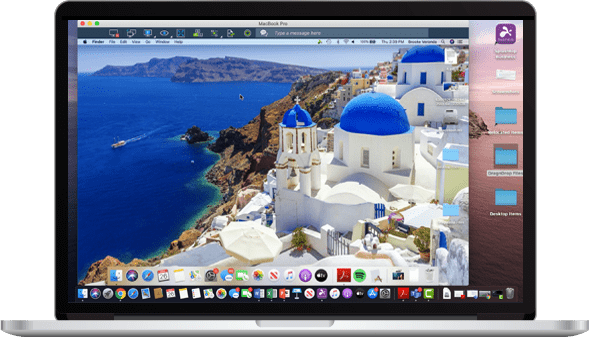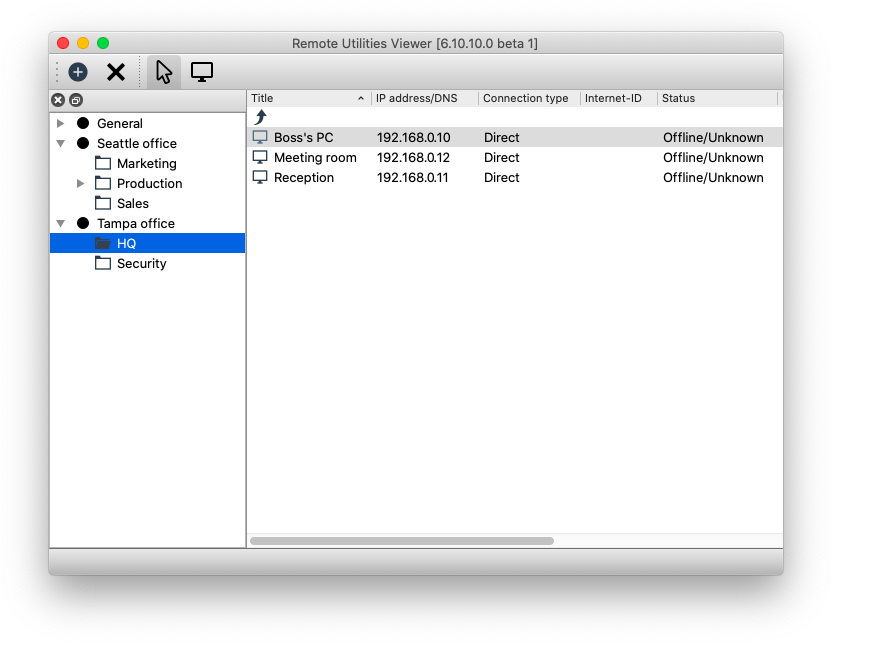

If you lose both your account password and your FileVault recovery key, you won't be able to log in to your Mac or access the data on your startup disk.Įncryption occurs in the background as you use your Mac, and only while your Mac is awake and plugged in to AC power. Keep the letters and numbers of the key somewhere safe-other than on your encrypted startup disk. If you don't want to use iCloud FileVault recovery, you can create a local recovery key.Choose answers that you're sure to remember. If you're using OS X Mavericks, you can choose to store a FileVault recovery key with Apple by providing the questions and answers to three security questions.If you're using OS X Yosemite or later, you can choose to use your iCloud account to unlock your disk and reset your password.

User accounts that you add after turning on FileVault are automatically enabled.Ĭhoose how you want to be able to unlock your disk and reset your password, in case you ever forget your password: For each user, click the Enable User button and enter the user's password. If other users have accounts on your Mac, you might see a message that each user must type in their password before they will be able to unlock the disk. Click, then enter an administrator name and password.Choose Apple menu () > System Preferences, then click Security & Privacy.FileVault 2 is available in OS X Lion or later. When FileVault is turned on, your Mac always requires that you log in with your account password.


 0 kommentar(er)
0 kommentar(er)
